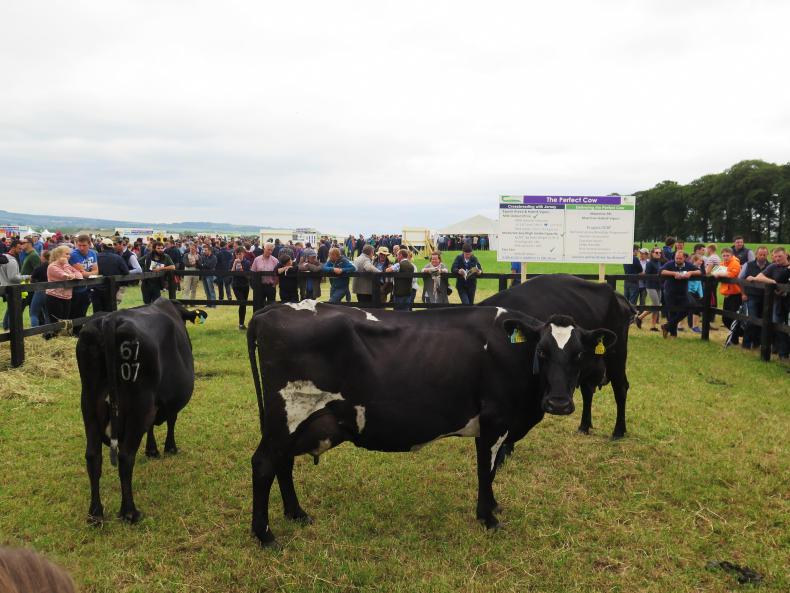I was on a few farms over the last days where growth was less than demand, with pre-grazing yields struggling to stay above 1,000kg. One farm was feeding 3kg of meal for a few days and the other was feeding silage for the past week. T
he farm feeding the meal was measuring grass every five days, and was only planning to feed meal for a few days. Meanwhile, the other farm feeding the silage wasn’t measuring grass at all and ended up with a big hole in the wedge.
At high stocking rates you cannot afford not to be measuring. It’s particularly foolish for large farms not to be measuring, as the costs are magnified at scale.
Out of steam
A lot of land recently converted from tillage is running out of steam over the last few weeks. Organic matter can be low and this is really beginning to show now – with a lack of moisture or other stress factors.
Reseeds and land converted from tillage can’t get enough fertiliser. Yes, there are limits on nitrogen and phosphorus, but not on potash or sulphur, both of which have a big impact on grass growth and quality.
Nitrogen and phosphorus should be targeted at the fields that need it most – meaning the farm can stay within permissible levels. Regular grazing and regular fertiliser applications are the best defence against weed grasses, such as annual meadow grass and scutch grass, in newly reseeded fields.
Read more
Grass+ dairy: growth differs as moisture levels vary
Dairy management: 13 times milking
Dairy management: milk recording
I was on a few farms over the last days where growth was less than demand, with pre-grazing yields struggling to stay above 1,000kg. One farm was feeding 3kg of meal for a few days and the other was feeding silage for the past week. T
he farm feeding the meal was measuring grass every five days, and was only planning to feed meal for a few days. Meanwhile, the other farm feeding the silage wasn’t measuring grass at all and ended up with a big hole in the wedge.
At high stocking rates you cannot afford not to be measuring. It’s particularly foolish for large farms not to be measuring, as the costs are magnified at scale.
Out of steam
A lot of land recently converted from tillage is running out of steam over the last few weeks. Organic matter can be low and this is really beginning to show now – with a lack of moisture or other stress factors.
Reseeds and land converted from tillage can’t get enough fertiliser. Yes, there are limits on nitrogen and phosphorus, but not on potash or sulphur, both of which have a big impact on grass growth and quality.
Nitrogen and phosphorus should be targeted at the fields that need it most – meaning the farm can stay within permissible levels. Regular grazing and regular fertiliser applications are the best defence against weed grasses, such as annual meadow grass and scutch grass, in newly reseeded fields.
Read more
Grass+ dairy: growth differs as moisture levels vary
Dairy management: 13 times milking
Dairy management: milk recording






 This is a subscriber-only article
This is a subscriber-only article










SHARING OPTIONS: